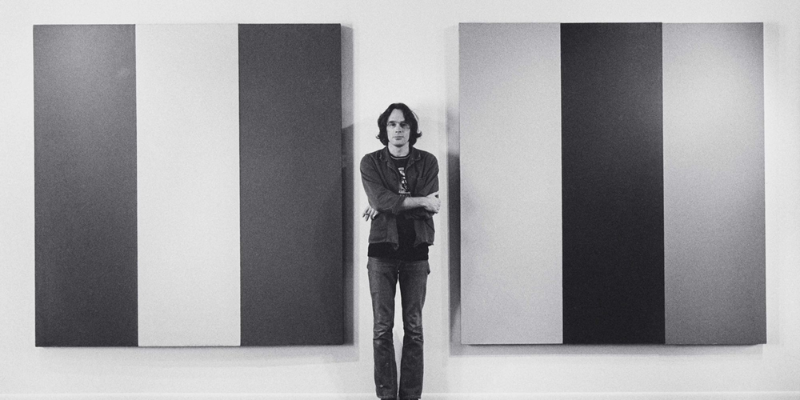Ultimately I’m using the painting as a sounding board for the spirit. . . . You can be painting and go into a place where thought stops—where you can just be and it just comes out. . . . I present it as an open situation rather than a closed situation.
– Brice Marden
Brice Marden was a multi-decade artist who broke traditions and redefined the possibilities in painting. Marden, who was born in Bronxville, New York, on October 15, 1938, started his artistic career in the middle of the 1960s, just when traditional painting was in danger of being eclipsed by minimalism and conceptual art.
When Marden made his debut at the Bykert Gallery in 1966, the art world underwent a dramatic change. Upon closer inspection, his monochrome panels, which initially appeared austere, revealed complex textures. These pieces rejected the impersonal aesthetic of conceptualism, featuring a solid field of colour with drips at the bottom. Marden’s paintings were astounding; they drew spectators into a universe in which every layer represented a different emotion.
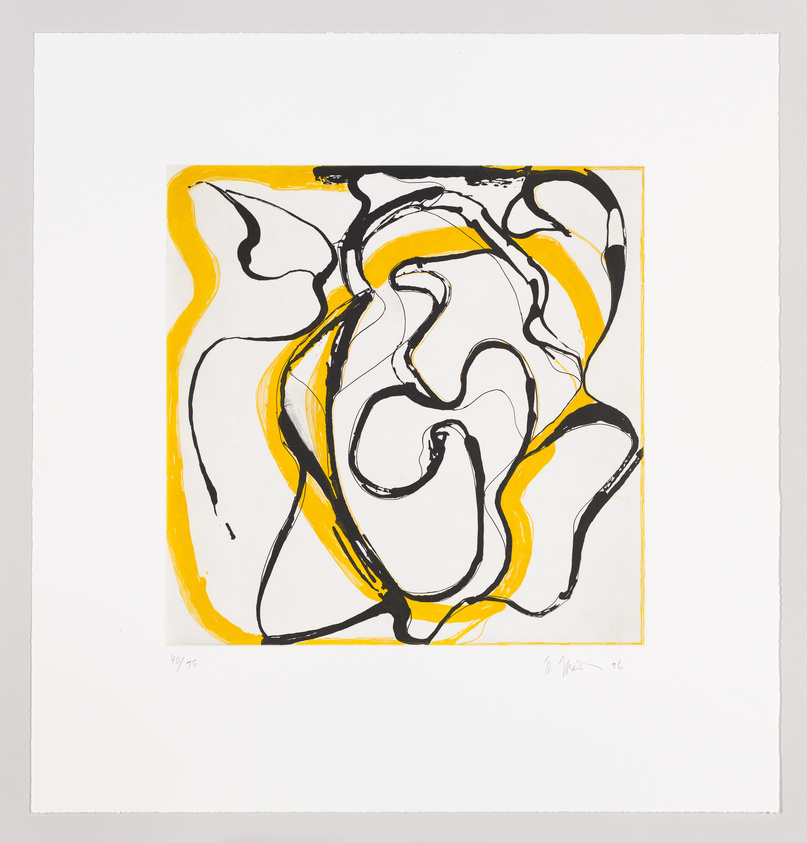
Marden’s 1987 exhibition at the Mary Boone/Michael Werner Gallery marked a turning point. Unlike the delicately coloured panels of the previous two decades, the artist here boldly disassembled and reassembled his pieces. The change demonstrated Marden’s preference for renewal over repetition—a choice that was evocative of Philip Guston’s move away from abstraction.
A couple of anecdotes provide light on Marden’s distinct creative process. During a 2000 exhibition at the Serpentine Gallery in London, onlookers noted Marden’s unusual physical demeanour—a manner of pointing that reflected his brushstroke movements. This direct physical interaction between the artist and the audience highlighted Marden’s capacity to include people in his creative process.

Ten years prior, in Pittsburgh, Marden had proven his extensive understanding of art history. When presented with an unknown painting, he quickly recognised the creator, stressing that “Painters know painters.” This story perfectly captures Marden’s abiding traditionalism and his function as a link between the past and present. Marden’s impact went beyond his initial achievements. He started a new creative endeavour in the 1980s, motivated by his trips throughout Asia and Japanese calligraphy. This transition was best represented by the “Cold Mountain” series (1989–1991), which combined linear artistic forms a la Piet Mondrian and Jackson Pollock with Asian influences.
The year 2006 saw Marden’s important artistic standing cemented with a retrospective at the Museum of Modern Art. Critics praised him for being “among the handful of living artists established enough to be considered part of art history.” Subsequent shows, which demonstrated the development of his style and the significant influence of his work, helped his legacy to thrive.
Brice Marden Artworks
Following are some famous works by Brice Marden:
1. Cold Mountain
Cold Mountain by Marden is an Oil on Linen painting of 1989-91. The name and the form of the painting Cold Mountain is inspired by a group of poems written in the Tang Dynasty by a poet named Han Shan.
2. The Propitious Garden of Plane Image

Brice Marden’s six-panel painting features vibrant lines in red, orange, yellow, green, blue, and violet, created with his long-handled brush. The work, influenced by Asian calligraphy, combines lively lines with reworked surfaces. Marden draws on cultural traditions, incorporating classical Greek and Chinese elements.
3. D’après la Marquise de la Solana
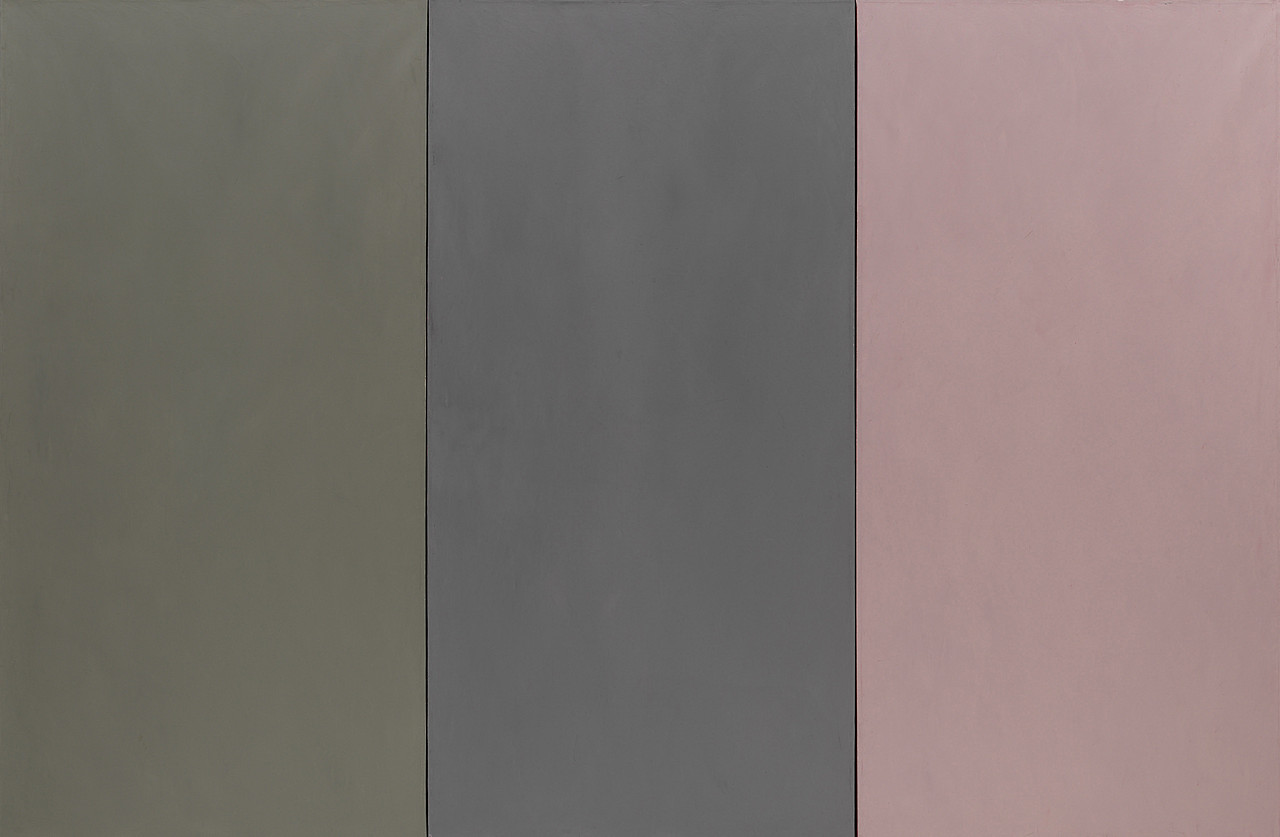
Brice Marden, amidst the conceptual shift in 1960s New York art, departed from pristine monochromatic surfaces, embracing emotionally charged, personal expressions. Inspired by an olive grove in Hydra, the Grove Group series showcases Marden’s unparalleled sensitivity to color, aiming to evoke emotional responses through high-intensity paintings.
4. Dragons
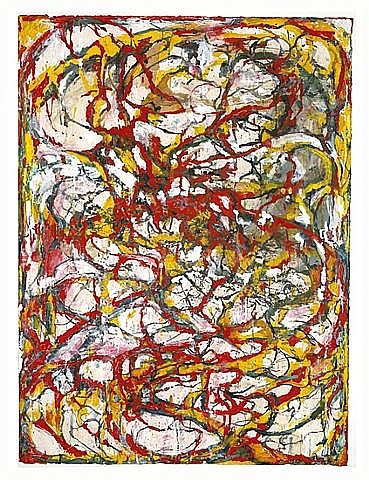
A 2004 piece, Dragons by Marden showcases Abstract Expressionism. The piece is ink on paper.
5. The Dylan Painting
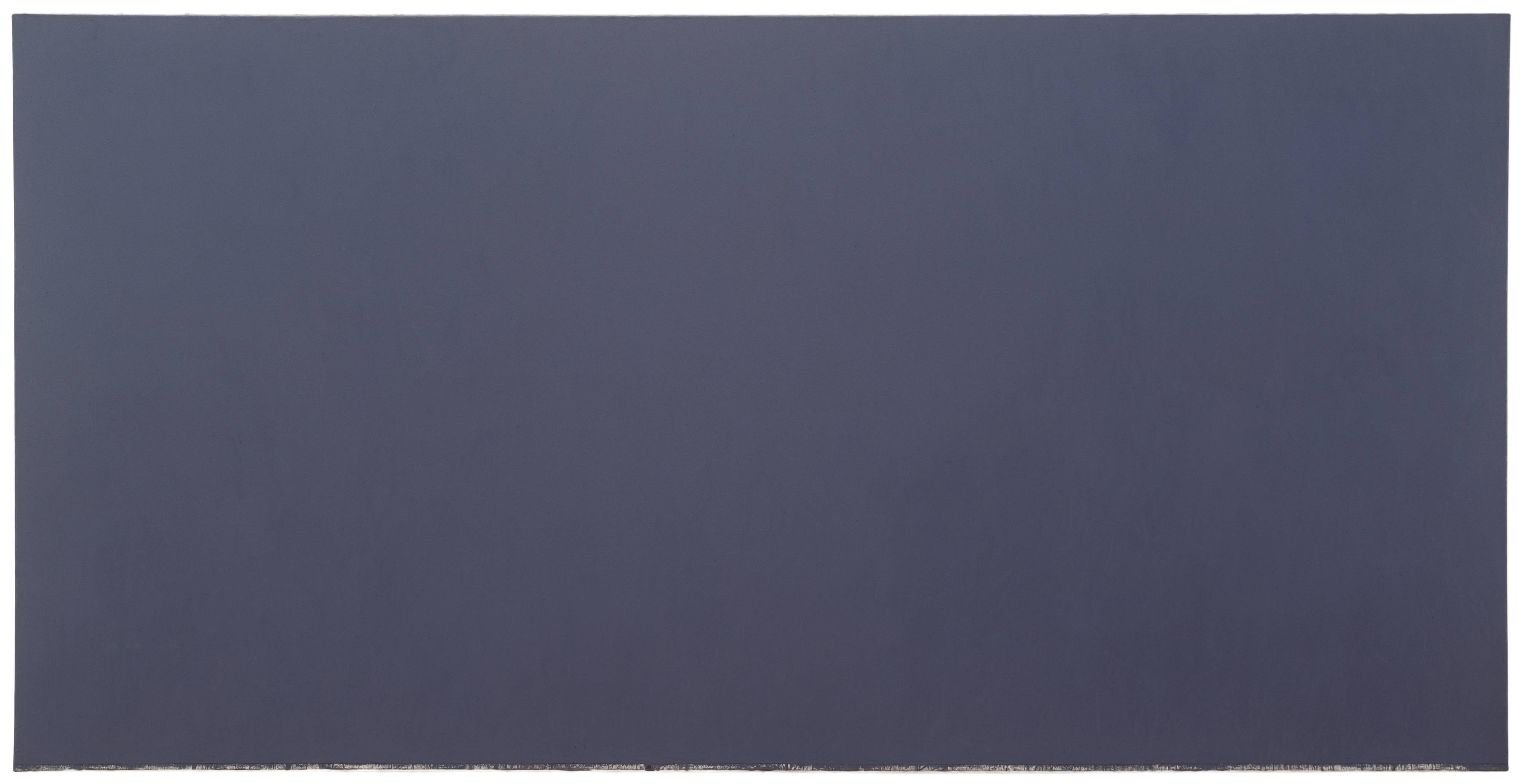
One of the most famous paintings by Brice Marden is The Dylan Painting. A 1966/1986 piece, this piece of art is beeswax and oil on canvas and was made for Bob Dylan. Marden made the painting in order to let people know “Who Bob Dylan was?” but by the time he made the painting, Dylan was already quite well known.
At the age of 84, Brice Marden passed from cancer at his Tivoli, New York, home. His path as an artist, characterised by a combination of Abstract Expressionism and minimalism, provides a guiding light, encouraging spectators to delve deeper into the meanings contained in his paintings and, in the process, move a little closer to being artists themselves.
References:
- The New York Times-Brice Marden, Who Rejuvenated Painting in the 1960s, Dies at 84
- Art News-Brice Marden Was a Painter of Rare Power
Read Also:
Auguste Rodin: Kiss, Thinker and the Hell that Shaped the History of Sculpture

